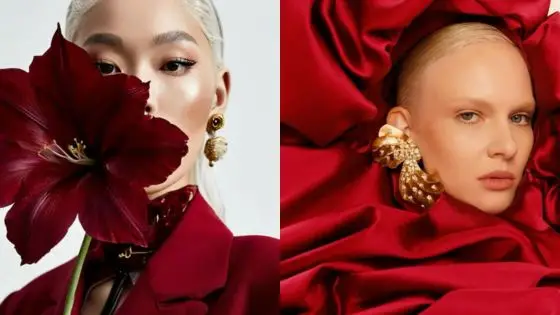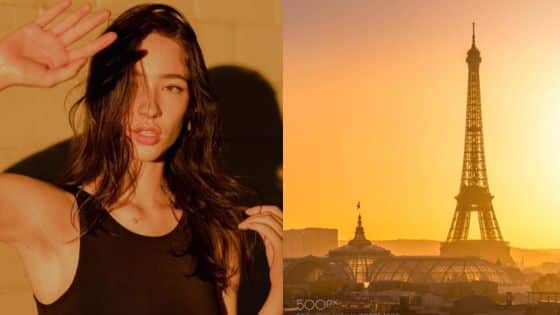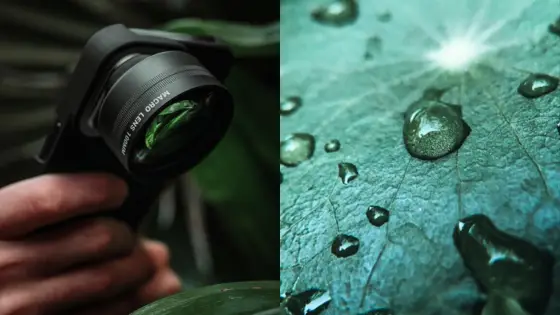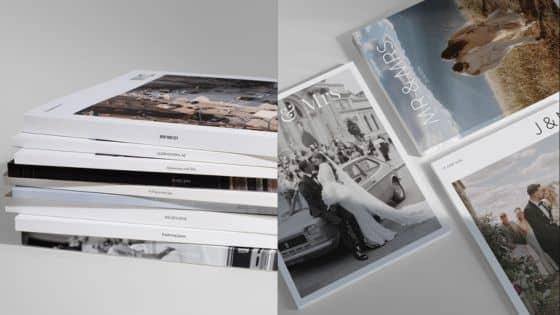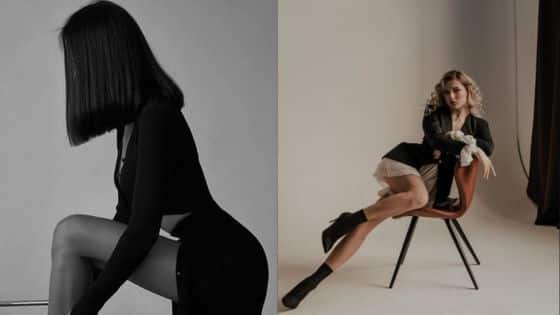
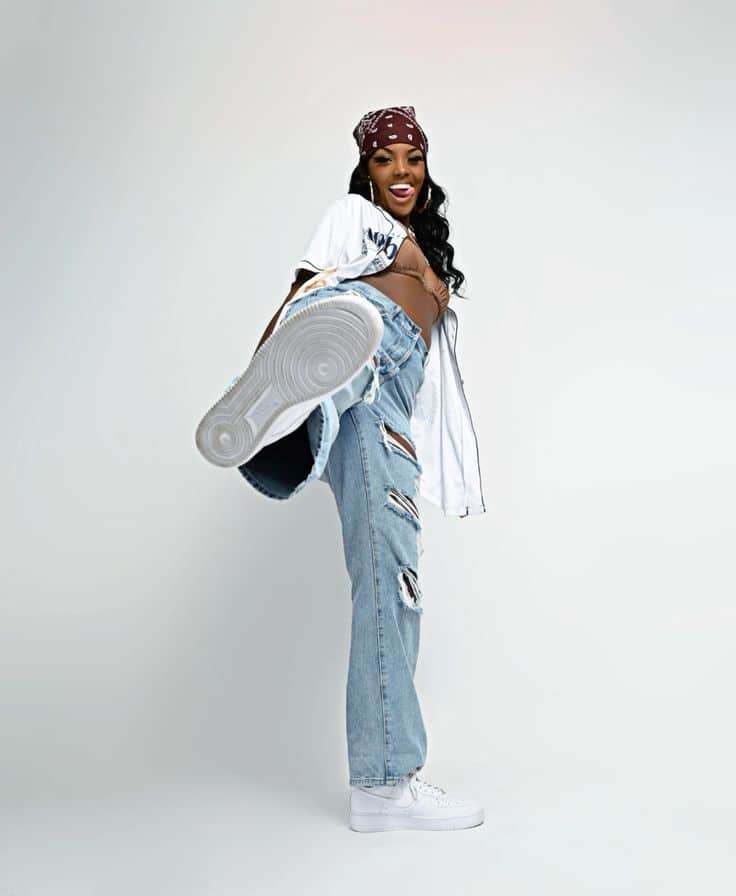
A dynamic poses photoshoot captures energy and movement, making subjects look natural and alive. These photos stand out because they show action and emotion, not just stillness. Photographers use dynamic poses to create excitement and tell a stronger story through images.
To make a successful dynamic photoshoot, planning is key. This involves choosing the right location, lighting, and directing the model to move in ways that feel real but look great on camera. The goal is to catch moments that feel spontaneous while still being well composed.
The right camera settings and angles help bring these poses to life. It’s important to balance motion with clarity, so the photos are sharp and full of life. With the right approach, dynamic poses can turn an ordinary shoot into something memorable.
Key Takeaways
- Capturing movement helps make photos more interesting.
- Proper planning and direction improve dynamic poses.
- Camera settings and angles affect the final impact of the photos.
Understanding Dynamic Poses
Dynamic poses involve movement, energy, and strong body angles. They make photos look alive and interesting. The goal is to capture action or the feeling of motion in a still image.
Definition of Dynamic Poses
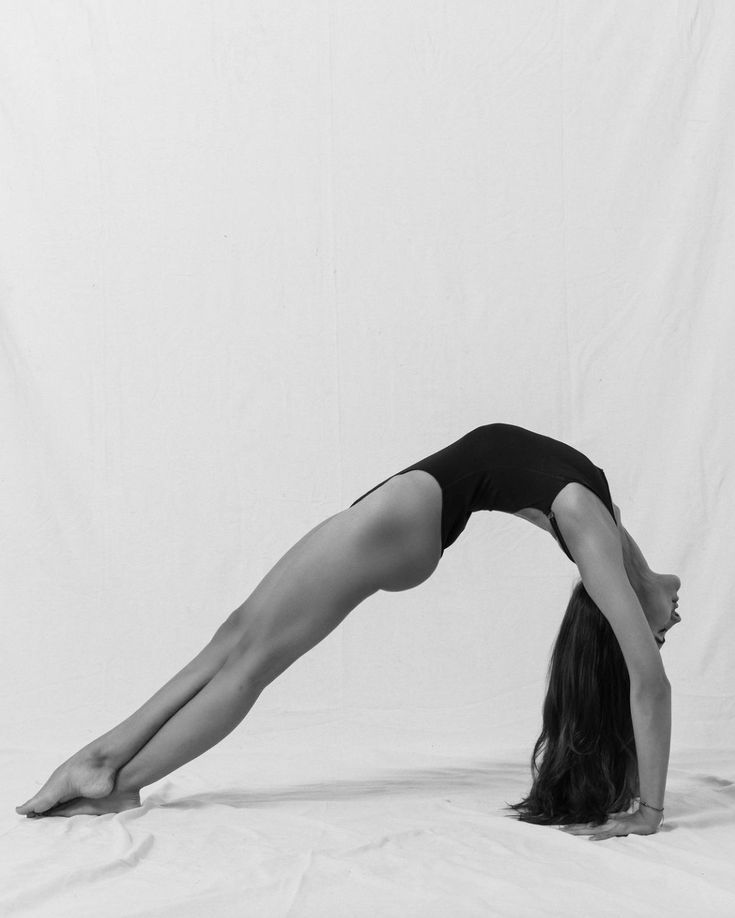

Dynamic poses show the subject in motion or in a way that suggests movement. This can include jumping, twisting, or leaning in unusual angles. The body is often not symmetrical, creating tension or balance that draws the eye.
These poses emphasize lines and shapes made by the body. They often use limbs stretched out or bent sharply. Facial expressions also play a role, adding intensity or emotion to the movement.
Significance in Photography

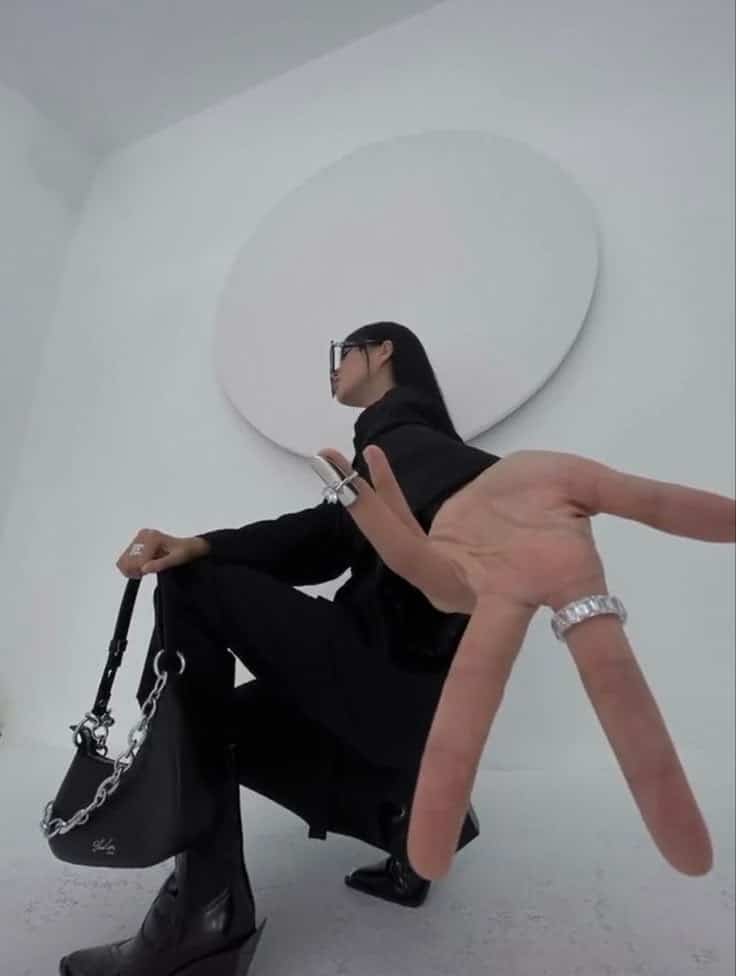
Dynamic poses bring energy to a photo. They create a story or emotion that static poses often lack. Photographers use them to capture excitement or drama, making the image more engaging.
They help guide the viewer’s eye through the photo. The angles and lines lead attention across the frame. Dynamic poses also provide variety in a photoshoot, making the final set of images more diverse and interesting.
Contrast With Static Poses


Static poses are still and often balanced or symmetrical. The subject usually stands or sits in a relaxed or formal position. These poses show calmness or simplicity but can be less exciting visually.
Dynamic poses contrast by showing tension and motion. Static poses focus on stability; dynamic ones focus on action or emotion. Both have uses, but dynamic poses offer more visual interest in many creative shoots.
Preparation for a Dynamic Poses Photoshoot
Planning is key to capturing strong, moving shots. This involves defining the story, finding visual ideas, and choosing the right clothes and props. Each step helps create clear, active photos.
Concept Development


The photographer or creative team starts by deciding the theme or story. This might be action, emotion, or a specific setting. They consider how the movements will look in the shot.
They also think about the client’s goals. For example, a sports shoot will need different poses than a fashion one. The team plans poses that show energy and flow well on camera.
Clear communication about ideas helps everyone understand the vision. Sketches or notes can guide the shoot. This phase sets the foundation for smooth and effective photo sessions.
Mood Boards and Inspiration Gathering
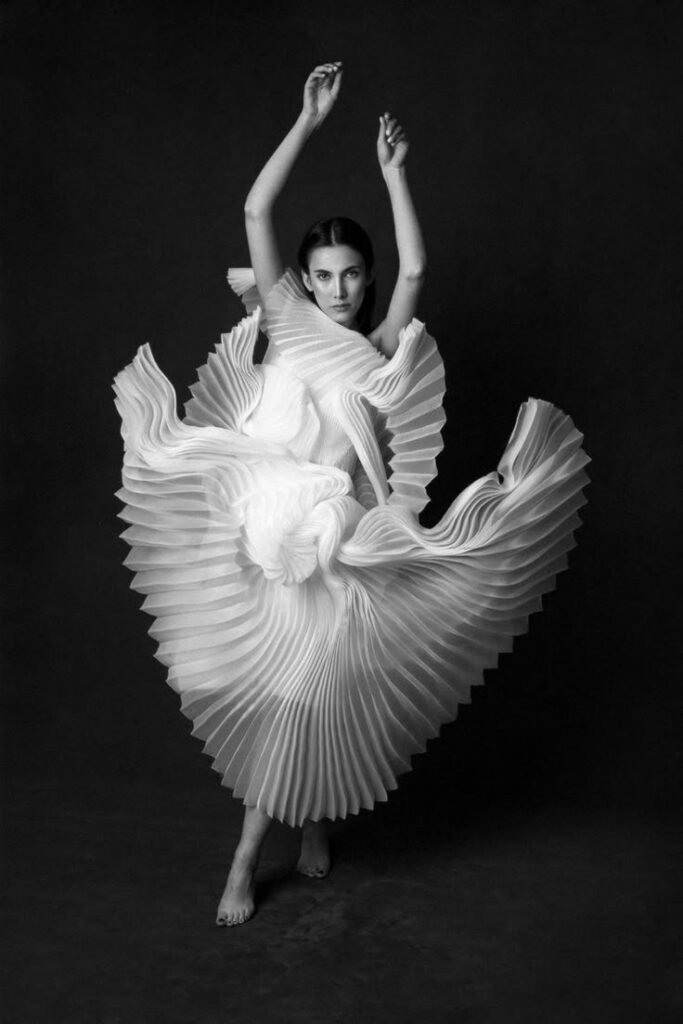

Mood boards collect images, colors, and styles related to the idea. They help visualize the look and feel of the shoot. The photographer gathers pictures from magazines, websites, or previous shoots.
These boards show lighting ideas, poses, and emotions to replicate or avoid. Sharing the mood board with the whole team keeps everyone on the same page.
This step narrows down choices and sparks creativity. It builds a shared sense of direction that supports the dynamic style being captured.
Wardrobe and Props Selection
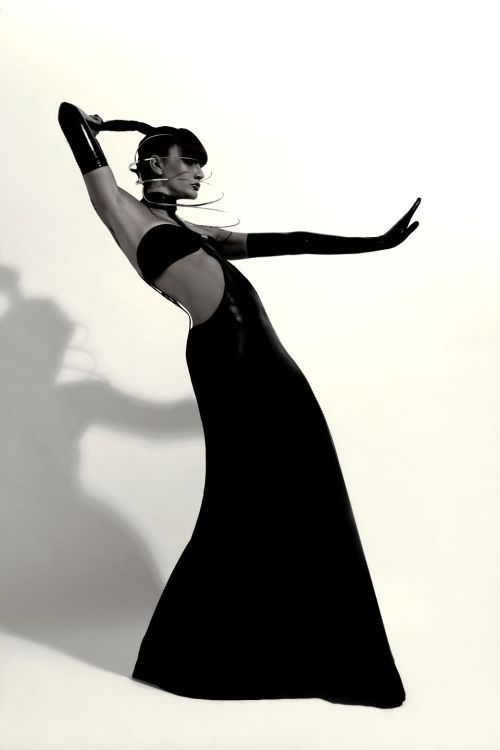
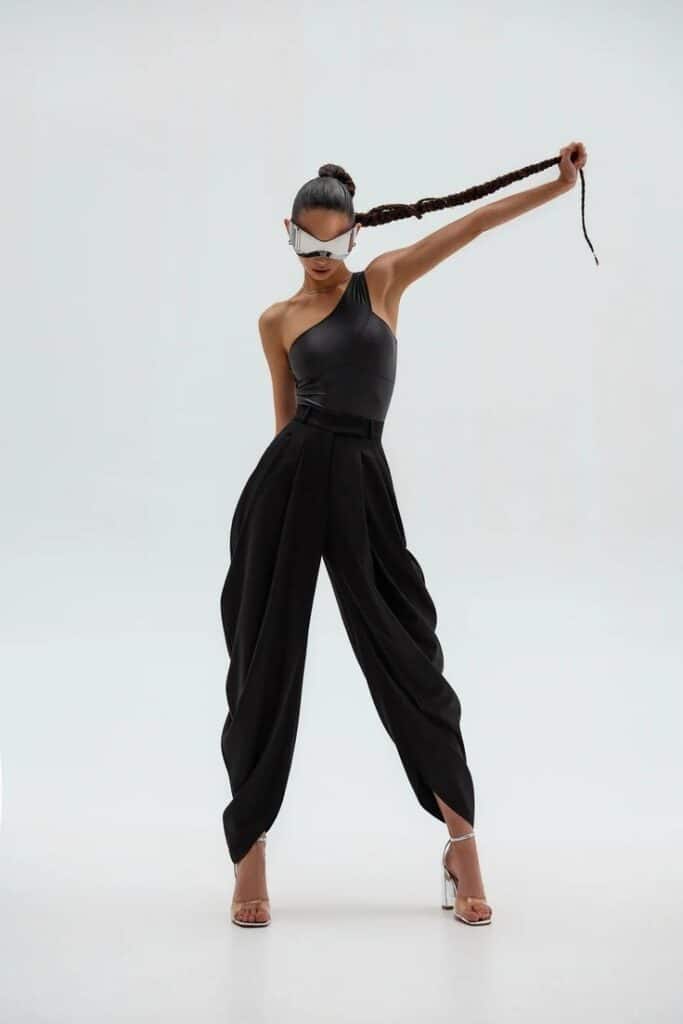
Choosing clothes and props is crucial for movement and style. The wardrobe must fit the theme and allow flexibility. Tight or stiff clothes may block motion or look awkward.
Props should enhance the pose, not distract. Items like scarves, hats, or sports gear can add energy. But they must be practical and safe to use during active poses.
The team tests the outfits and props beforehand to avoid surprises. This preparation ensures that they contribute to strong, lively photos without interrupting the shoot.
Directing Models for Dynamic Poses
Clear guidance helps models create strong, active poses. Using simple language, showing movements, and encouraging the right expressions lead to better photos.
Effective Communication Techniques
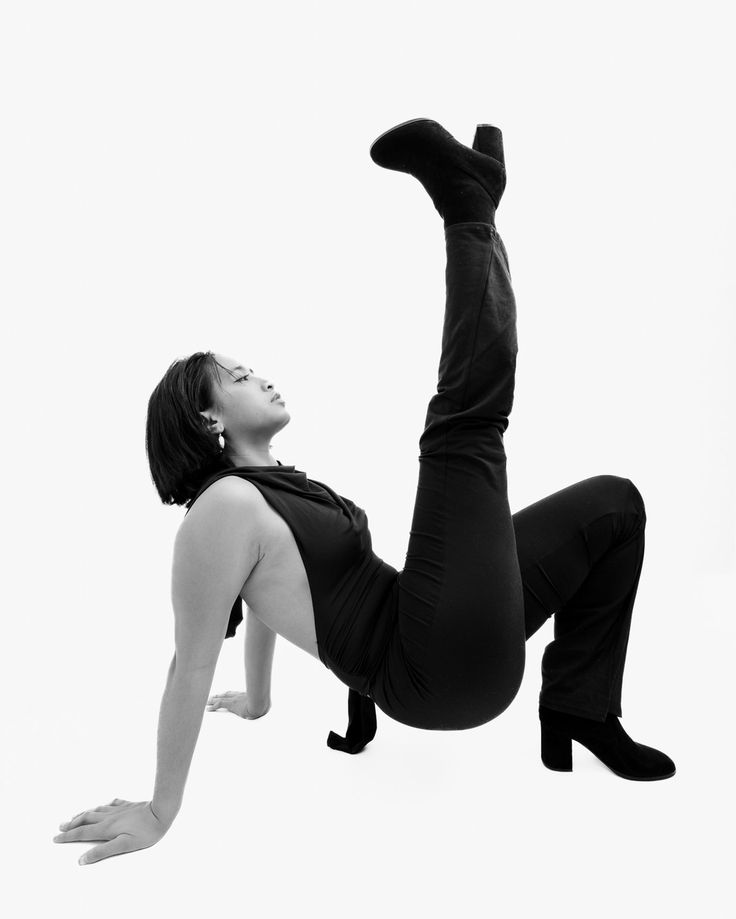

The photographer should use clear and simple directions. Avoid complex terms and speak slowly. Giving visual cues, like pointing or showing hand signals, helps models understand faster.
Positive feedback is important. Saying what looks good or needs change encourages models to keep trying. Using specific words like “lift your chin slightly” or “bend your knee more” gives precise guidance.
It also helps to ask questions. For example, “Does this feel natural for you?” invites models to share their comfort level. Listening to their feedback can improve the pose and keep the session smooth.
Demonstrating Movement
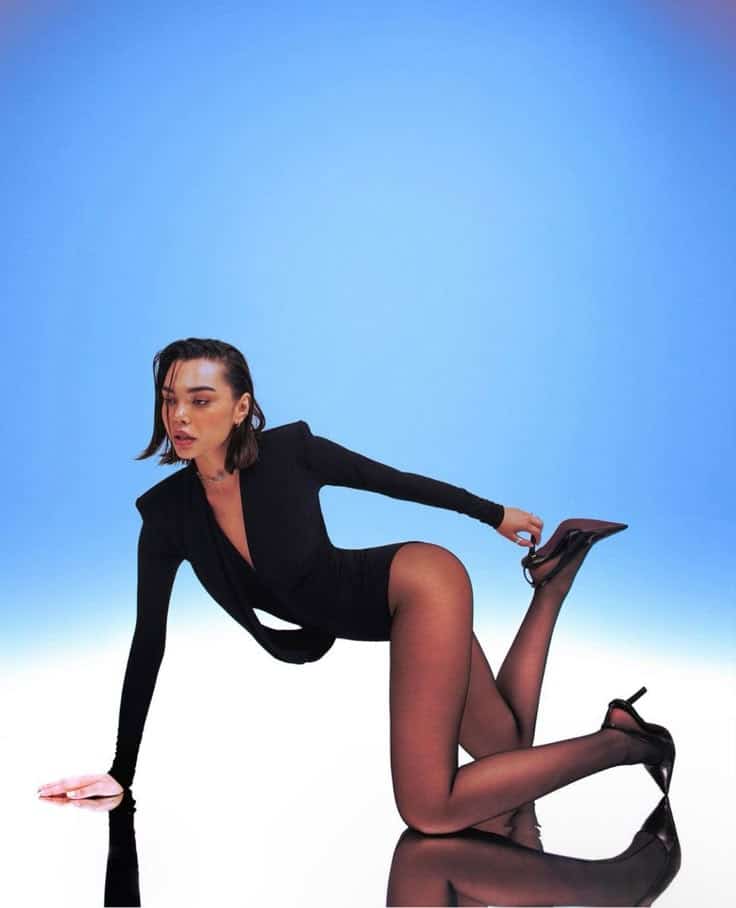
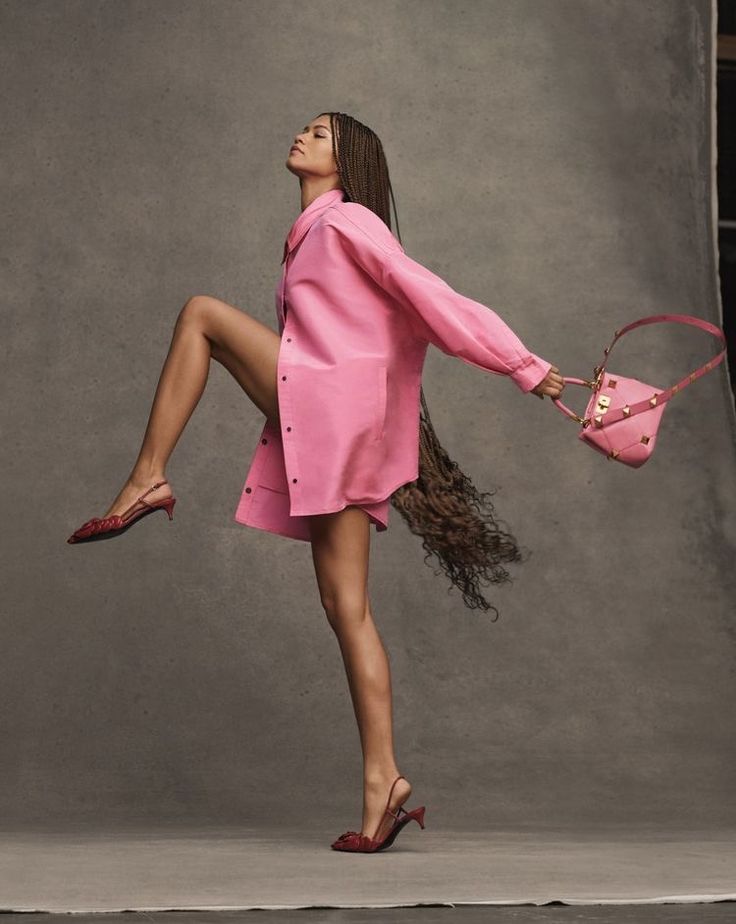
Sometimes words are not enough. The photographer can show the exact pose or movement themselves. This makes it easier for models to copy and grasp the energy needed.
Breaking down movements into small steps works well. For instance, showing how to shift weight from one foot to another before taking a full step keeps the model focused and relaxed.
Demonstration also helps with timing. The model will know exactly when to move for a photo. This leads to more natural and dynamic images because the motion looks fluid and intentional.
Tips for Natural Expression
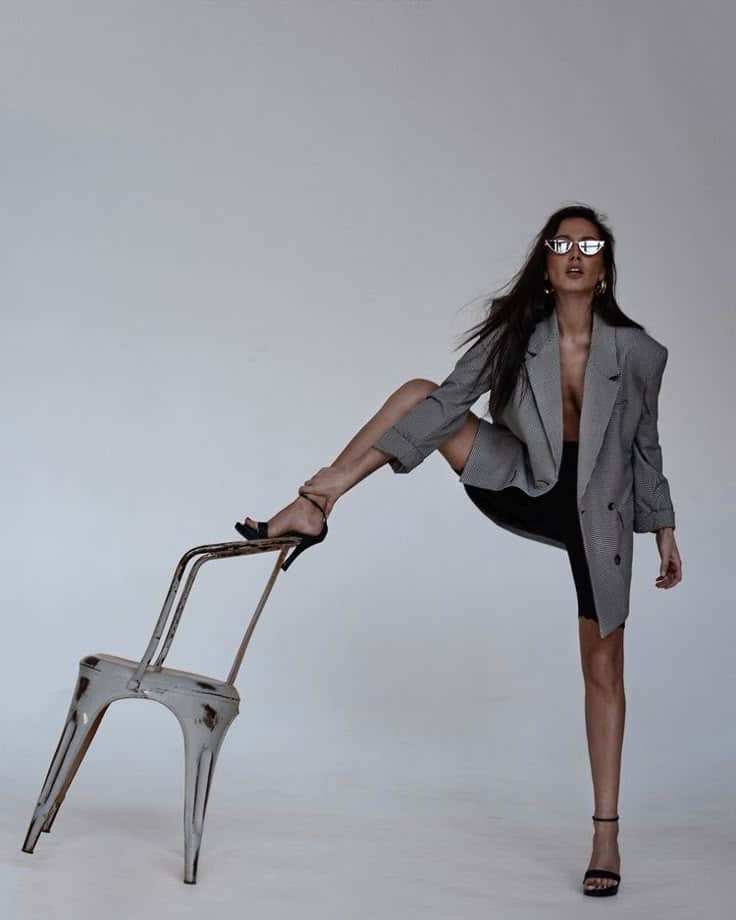
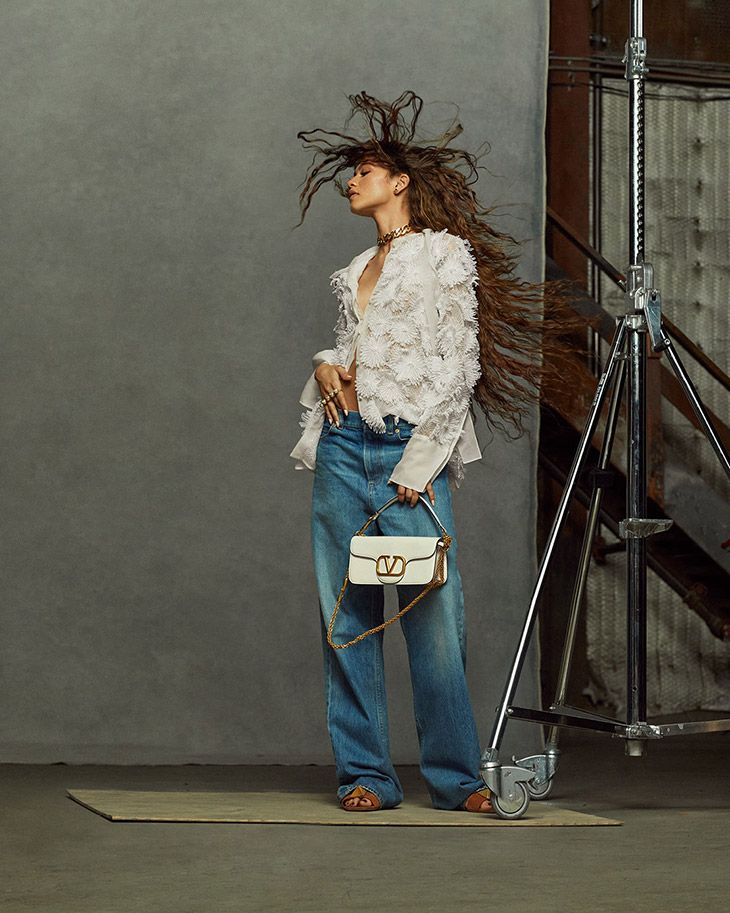
Models should avoid forced smiles or stiff faces. The photographer can suggest thinking about a simple emotion or a specific thought to trigger real expressions.
Breathing techniques help too. Telling models to take deep breaths before the shot relaxes their face and body. This reduces tension and brightens the expression.
Encouraging movement in the face, like blinking or slight head turns, keeps expressions fresh during the shoot. The photographer can take multiple shots while the model moves softly to capture natural moments.
Lighting Techniques for Dynamic Photoshoots
Lighting affects how movement and energy show in photos. Different light sources and setups can highlight motion, add depth, or create dramatic effects. Paying attention to light direction, intensity, and color helps capture dynamic poses well.
Using Natural Light

Natural light works well for dynamic photoshoots because it changes during the day, offering soft or harsh effects. Early morning and late afternoon provide warm, low-angle light that adds shadows and texture to movement.
To use natural light effectively, position the subject near windows or outdoors with the sun behind or to the side. This creates highlights and shadows that emphasize body lines and action. Overcast sky diffuses light, reducing harsh shadows and giving an even tone.
Reflectors help bounce natural light back onto the subject, filling in dark areas without flattening the pose. It’s important to avoid direct midday sun, which can cause strong shadows and washed-out details.
Studio Lighting Setups

Studio lighting offers control over brightness, color, and direction, which is useful for freezing motion or creating dramatic effects. Key lights, fill lights, and rim lights work together to shape the subject and separate them from the background.
A common setup uses a strong key light placed at a 45-degree angle to the subject to create clear shadows and depth. A softer fill light balances shadows without removing them entirely. Rim lights placed behind the subject add highlights on edges, defining motion outlines.
Using fast flash settings or strobes can freeze quick movements sharply. Adjustable modifiers like softboxes or grids change light spread and intensity, enhancing muscle definition and movement lines.
Creating Motion with Light

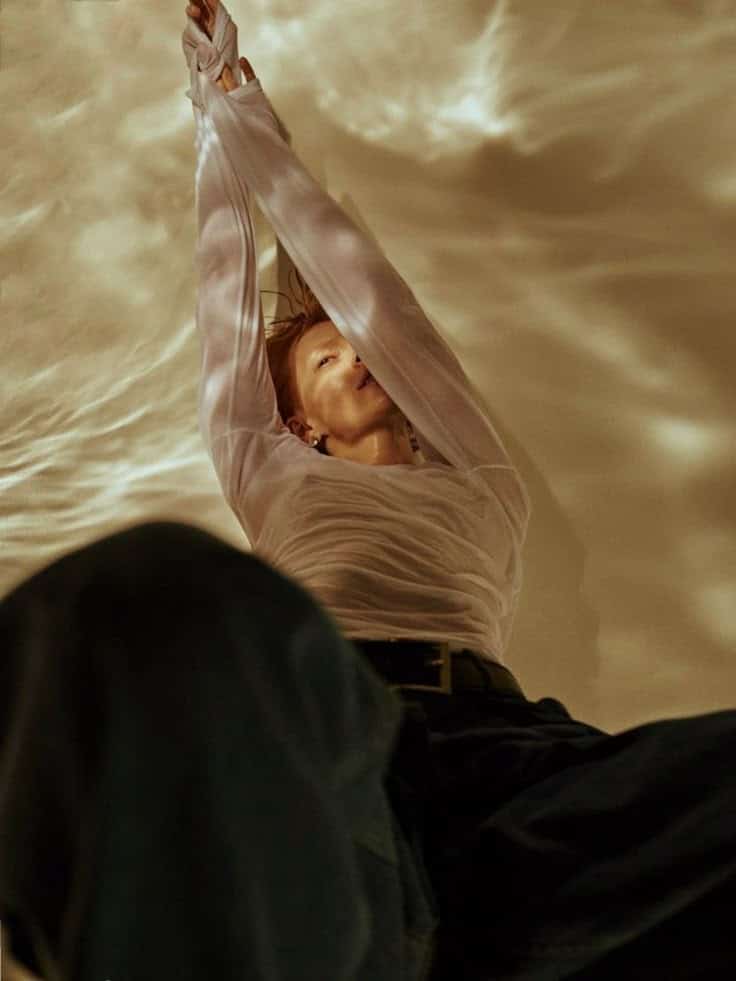
Motion blur and light trails add energy to dynamic poses. Photographers can use slower shutter speeds combined with controlled light sources to capture movement.
One technique involves using a steady flash to freeze the main action while letting ambient light create motion blur in parts of the image. This blend emphasizes speed and fluidity.
Colored gels on lights can add visual interest and separate moving parts from the background. Moving lights or light painting during exposure can trace the path of motion, highlighting limbs or props in motion.
Careful timing with light bursts and shutter speed is essential to avoid total blur or overly sharp shots, striking a balance that shows dynamic energy.
Camera Settings and Gear for Dynamic Shots
Capturing dynamic poses requires careful choices about shutter speed, lens type, and shooting angles. These factors influence motion clarity, depth, and the overall energy of the photo. The right setup helps freeze action clearly while adding style to the image.
Shutter Speed and Motion Blur


Shutter speed controls how much motion appears sharp or blurred. For dynamic poses, a fast shutter speed, like 1/500s or faster, helps freeze movement clearly. This setting works well for quick actions like jumps or spins.
If aiming for some motion blur to show movement, slower speeds between 1/60s and 1/250s create a sense of speed without losing the subject’s details. However, careful hand-holding or using a tripod is necessary to avoid unwanted shake.
ISO should be adjusted alongside shutter speed to keep the image bright enough without adding noise. In bright daylight, ISO 100-400 usually works best.
Recommended Lenses


Prime and zoom lenses both have benefits for dynamic photography. A 50mm prime lens offers sharp images and good background blur but limits framing flexibility.
An 24-70mm zoom lens lets the photographer quickly change focal lengths to capture wide movements or close-ups without changing position.
For outdoor shoots or fast action, lenses with a wide aperture (f/2.8 or wider) allow faster shutter speeds in lower light. Image stabilization helps reduce any camera shake during handheld shooting.
Shooting Angles and Perspectives
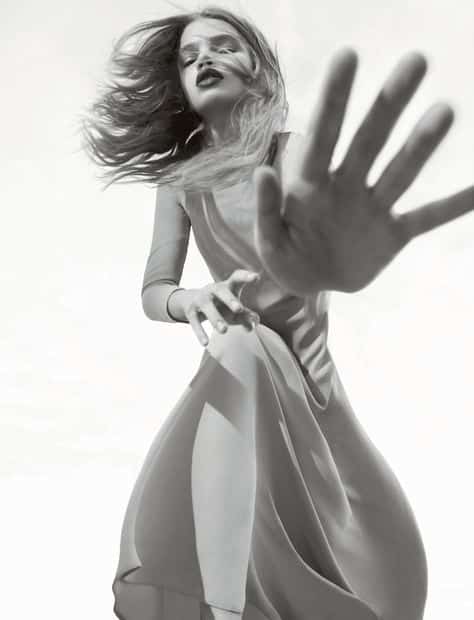
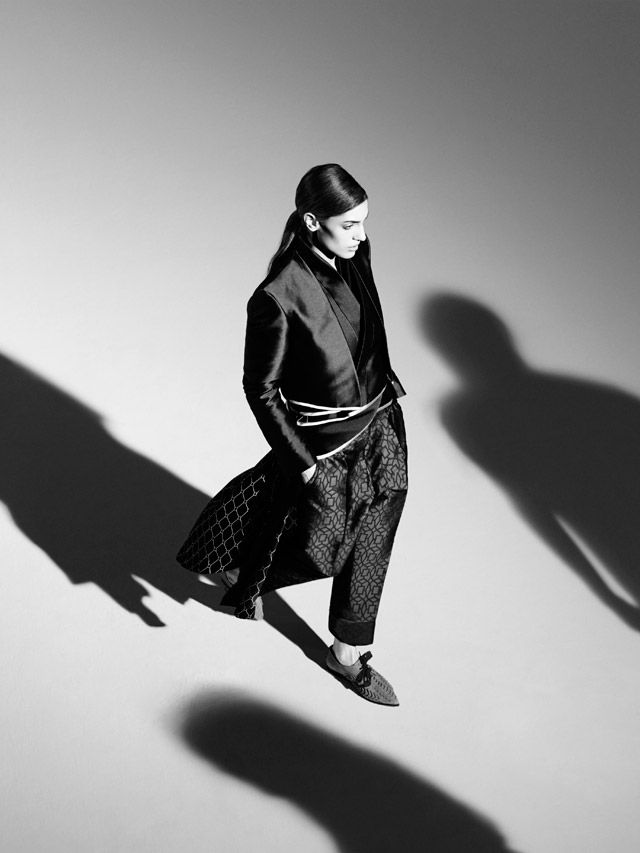
Low angles make poses appear more powerful and emphasize motion upward or forward. Shooting slightly from below also elongates the subject’s body lines.
High angles can capture unique shapes, but they may reduce the dynamic feel unless shot creatively. Side angles work well to highlight flowing motion, such as hair or fabric in movement.
Experimenting with close-ups and wide shots adds variety. Including foreground elements like leaves or stairs can add depth and interest to the composition.
Creative Ideas for Dynamic Poses
Dynamic poses often use movement, emotion, and interaction to make photos more engaging. They rely on strong body language and clear storytelling to capture attention. Techniques include action shots, emotional expressions, and group setups that show connection and energy.
Action-Based Poses

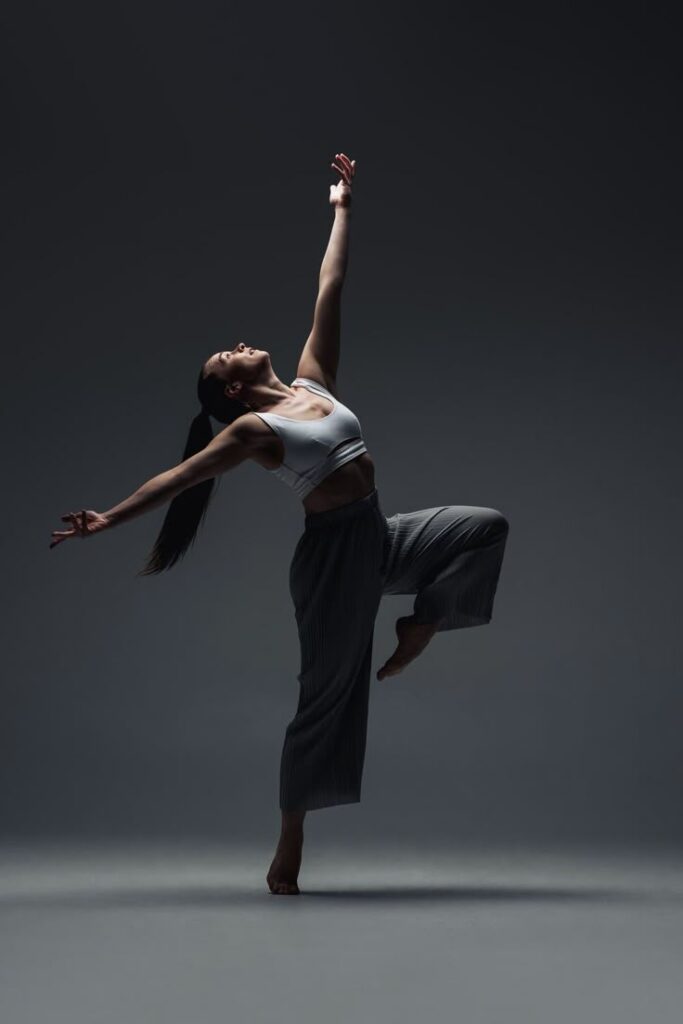
Action-based poses focus on physical movement to create energy in photos. The subject might jump, run, spin, or strike a pose that shows motion. These moves add a sense of liveliness and catch the eye.
Photographers often use fast shutter speeds to freeze motion or slower speeds for blur effects. Simple actions, like tossing hair or stepping forward, can make a pose feel natural but dynamic.
Poses can be planned or spontaneous. Encouraging subjects to move naturally helps create authentic shots. Props like sports gear or flowing fabric can also increase the sense of action.
Emotion-Driven Movement
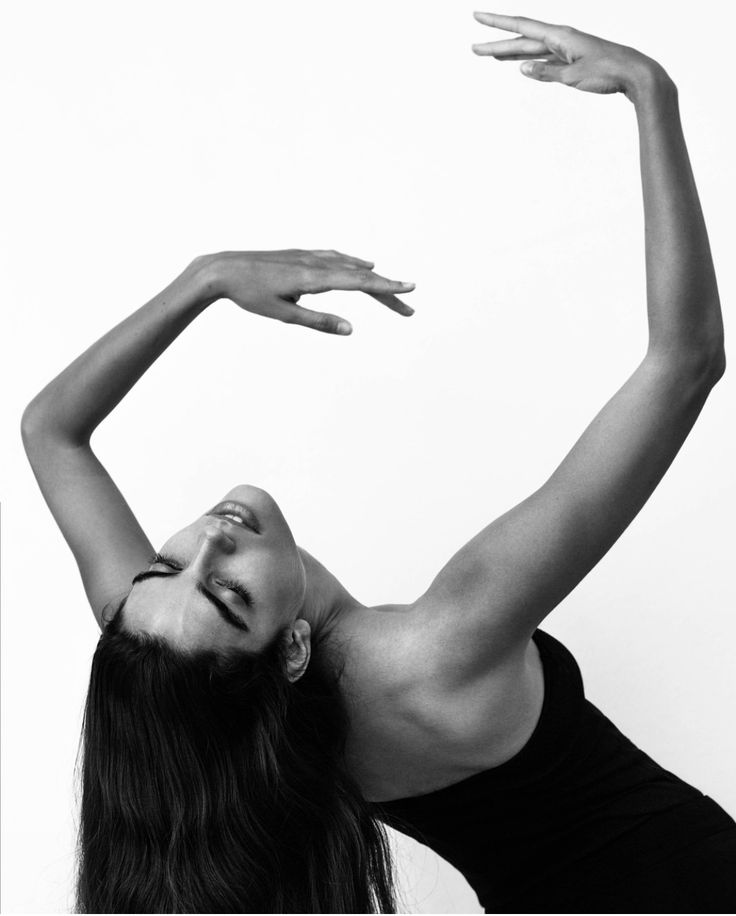
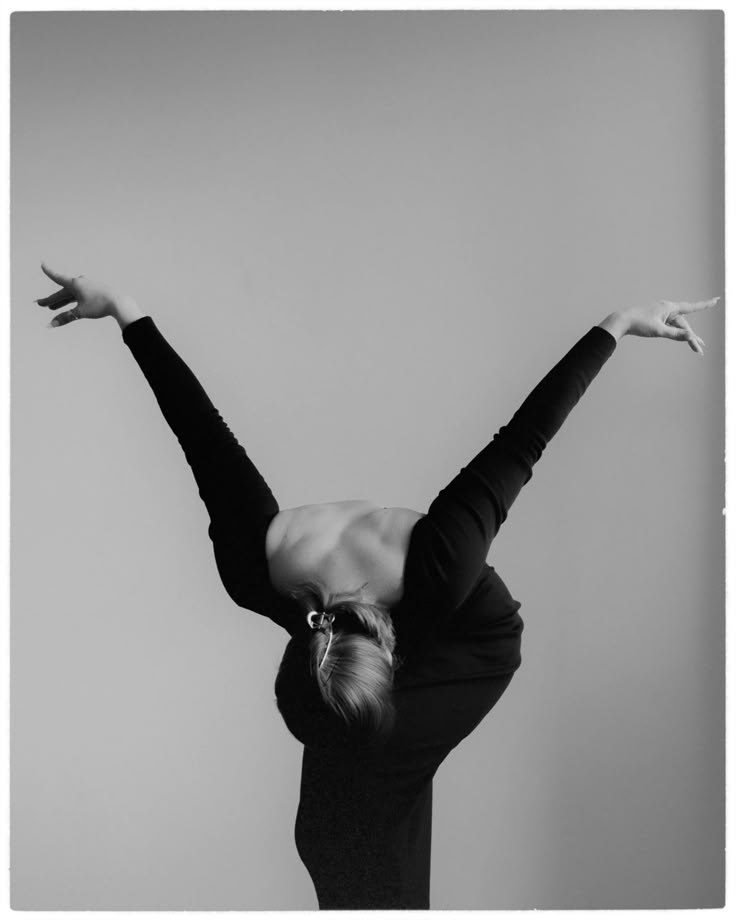
Emotion-driven movement uses body language and facial expressions to tell a story. A pose might show joy, anger, surprise, or calmness. The focus is on how feelings affect the person’s posture and gestures.
Photography captures these subtle expressions with close-ups or full-body shots. Small movements, like a tilt of the head or clenching fists, add depth and context.
Directing the subject to think about a memory or imagine a scenario can help evoke genuine emotions. This makes photos more relatable and powerful.
Group Dynamic Shots
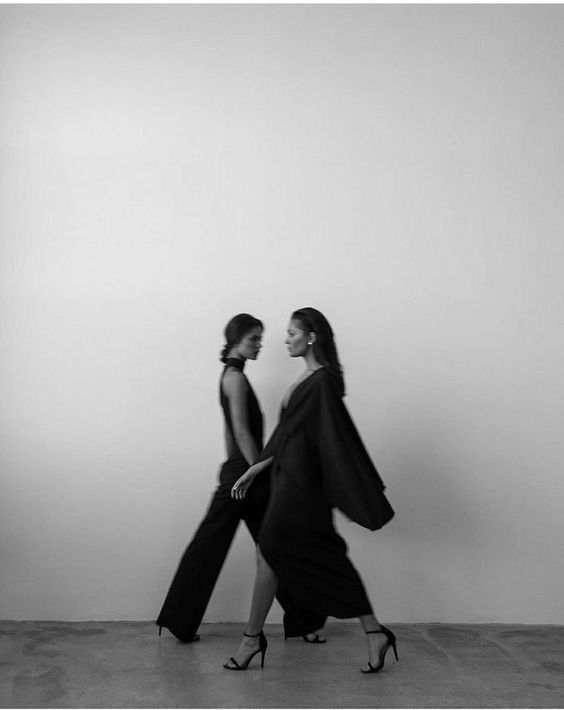
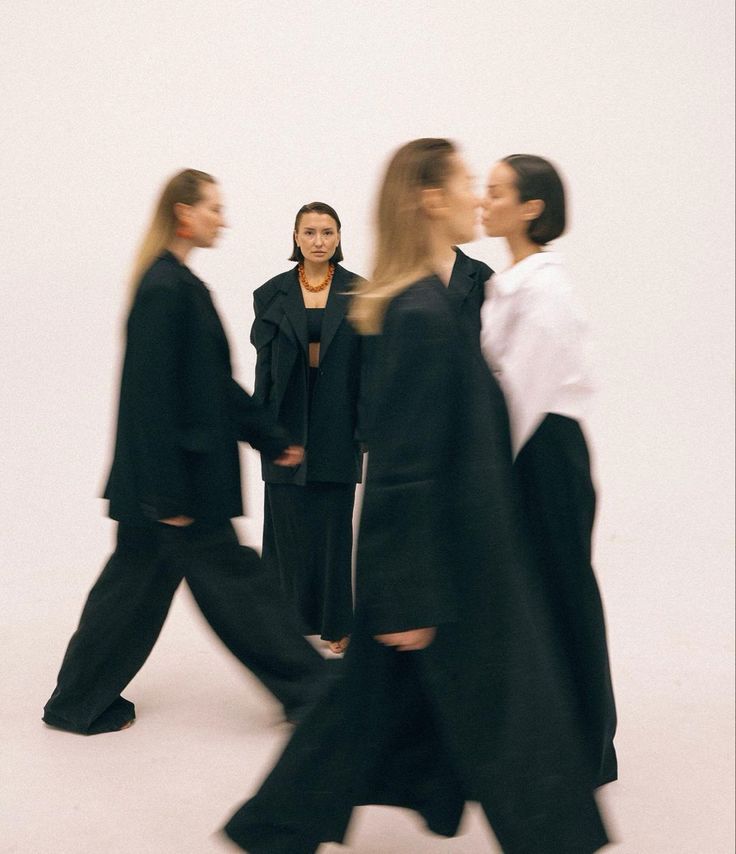
Group dynamic shots show interaction and connection between people. Poses often include overlapping bodies, eye contact, or gestures that link subjects together.
These shots use space creatively, such as arranging people at different heights or angles to avoid flat compositions. Moving as a group or holding hands adds natural flow and energy.
Clear communication among participants helps coordinate poses that look spontaneous but are well-balanced. This style works well for families, friends, or team photos that want to show unity.
Editing and Post-Processing
Editing dynamic pose photos focuses on choosing the sharpest, most expressive images and enhancing motion without losing clarity. Attention to detail is needed to highlight energy and action while keeping the photo natural.
Selecting the Best Shots
The first step is reviewing all photos and picking those that show clear, strong poses. Look for sharp focus on the subject and good body angles. Avoid blurry or awkward shots.
Use tools like star ratings or flags to organize selections quickly. Choose images that tell a story or capture peak movement.
It helps to check lighting and background distractions. The best shots balance motion and composition, ensuring energy is visible without blur or clutter.

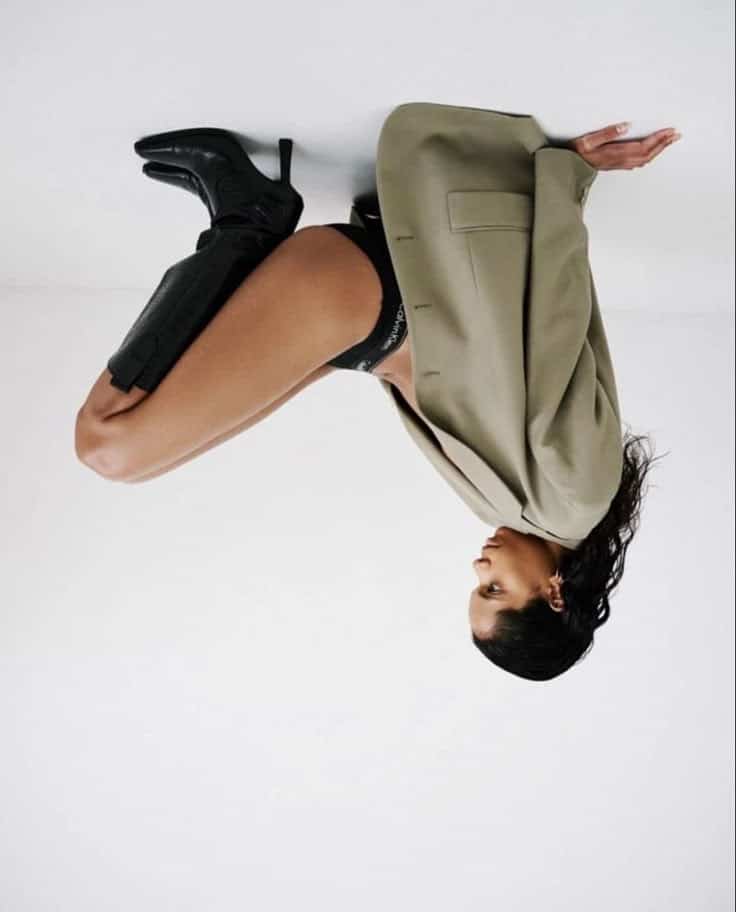
Retouching Motion Effects
Retouching aims to keep motion vivid while removing any distractions. Use sharpening tools on the body parts in focus to enhance detail.
Motion blur can be softened or highlighted depending on the effect wanted. For clearer movement, reduce excessive blur around limbs or faces.
Color correction improves vibrancy and contrast to bring out the subject’s energy. Also, remove small distractions like stray hairs or minor background items to keep attention on the pose.
Always keep edits natural to maintain realistic movement and avoid over-processing.
Showcasing and Sharing Dynamic Pose Photos
Presenting dynamic pose photos effectively involves careful selection, layout, and platform use. It is important to highlight the energy and movement in the images while ensuring they are easy to view and share.
Portfolio Presentation
A strong portfolio puts dynamic poses front and center. Photos should be arranged to show a variety of angles and movements. Using a clean, simple layout helps keep attention on the poses instead of distracting elements.
Photographers often group images by theme or style. This guides viewers through different emotions or actions captured. Captions can explain the pose or technical details but should stay brief.
Quality matters. Only sharp, well-exposed photos should be included. Displaying high-resolution images allows details like muscle tension and motion blur to stand out.
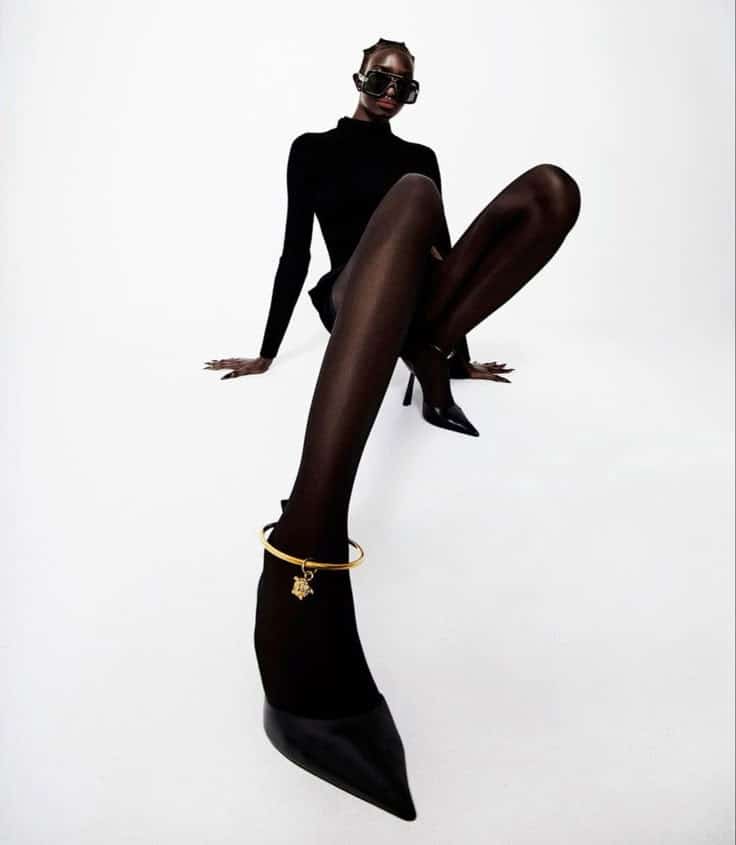
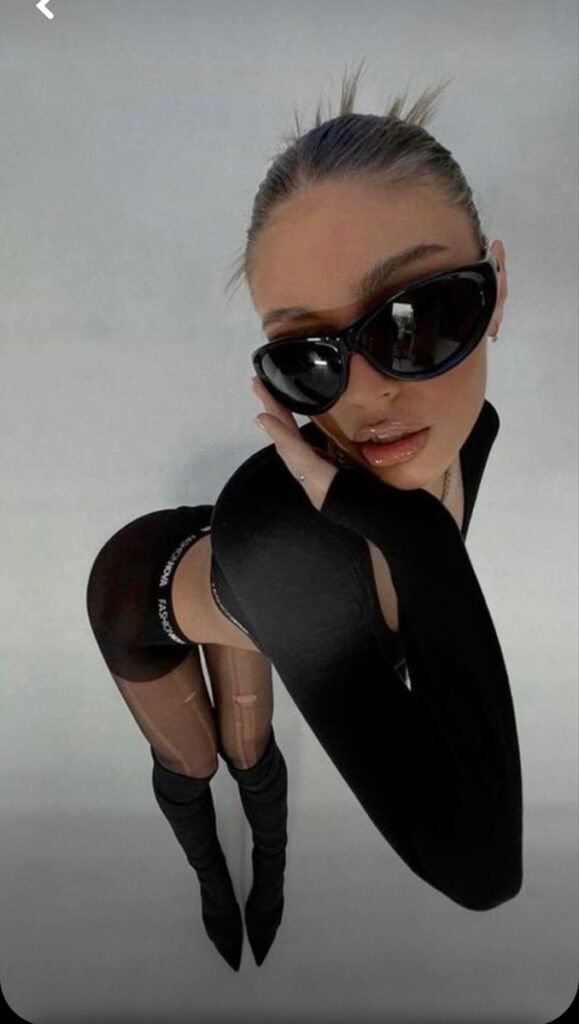
Social Media Strategies
On social media, timing and platform choice are key. Posting during peak hours increases visibility. Instagram and TikTok work well for dynamic shots because they emphasize visuals and short videos.
Captions should include relevant hashtags such as #DynamicPoses or #ActionPhotography to reach interested audiences. Engaging with followers through comments or polls encourages more interaction.
Sharing behind-the-scenes content or short clips showing how the poses were created adds context and attracts viewers. Consistent posting helps build a steady audience over time.
- 270shares
- Facebook0
- Pinterest267
- Twitter3
- Reddit0









